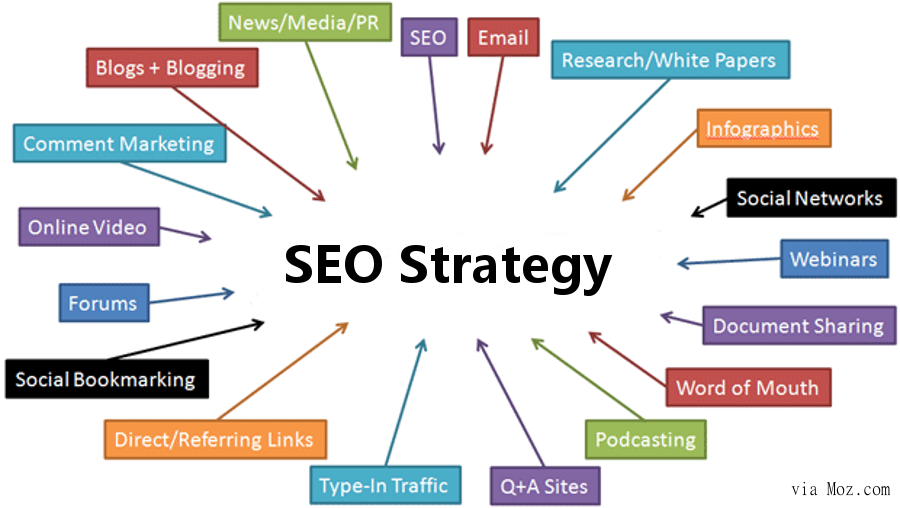Comprehensive Overview to What Is Ruled Out a Default Medium in Google Analytics
Comprehensive Overview to What Is Ruled Out a Default Medium in Google Analytics
Blog Article
Introducing the Unconventional Mediums in Google Analytics Beyond Default Setups
In the realm of electronic analytics, Google Analytics stands as a keystone for organizations seeking to comprehend their on the internet existence. By venturing past the surface and delving into the complexities of social media data, email campaign efficiency, reference website traffic resources, direct traffic patterns, and personalized channel groups, a treasure trove of information awaits those eager to accept an extra nuanced strategy.

Leveraging Social Network Insights
Sometimes ignored, yet exceptionally useful, is the practice of leveraging social networks understandings within the world of Google Analytics. By incorporating information from systems like Facebook, Twitter, Instagram, and LinkedIn right into Google Analytics, organizations can get a deeper understanding of their target market and the efficiency of their social networks campaigns.
Via this combination, marketers can track and analyze user habits on their internet site that stems from social networks platforms. They can determine which social media channels are driving one of the most traffic, which web content is reverberating with the audience, and which projects are transforming one of the most leads. This insight enables for data-driven decisions to maximize social media strategies and boost total advertising efficiency.
Additionally, by combining social media sites understandings with Google Analytics, companies can create a lot more targeted and personalized projects - what is not considered a default medium in google analytics. They can make use of group information, rate of interests, and on the internet behaviors gathered from social media sites to improve their target market segmentation and supply tailored messages that resonate with particular customer teams. This targeted method can lead to higher engagement, raised conversions, and inevitably, enhanced roi
Revealing Email Campaign Performance
Uncovering Email Campaign Performance entails examining essential metrics and efficiency signs to review the performance of e-mail advertising and marketing efforts. When diving into email project performance, it is crucial to analyze metrics such as open prices, click-through rates, conversion prices, and unsubscribe rates. Open up prices indicate the percent of recipients that opened up the email, supplying understanding right into the efficiency of subject lines and sender names. Click-through prices determine the percentage of receivers who clicked on links within the email, showing engagement levels. Conversion prices track the portion of recipients that finished a wanted action after clicking a web link in the e-mail, such as authorizing or making a purchase up for an e-newsletter. Unsubscribe rates highlight the number of receivers that chose out of obtaining further e-mails, shedding light on e-mail material high quality and importance. By assessing these metrics, marketing experts can fine-tune their email advocate much better engagement and performance.
Analyzing Referral Web Traffic Resources
After examining the efficiency of e-mail projects through key metrics such as open rates and conversion rates, the next important action is assessing reference traffic sources in Google Analytics to understand where site visitors are coming from and exactly how they communicate with the site. Recommendation web traffic sources refer to the sites that direct users to your site through clickable links. By delving right into this information, organizations can obtain understandings right into which exterior systems are driving web traffic to their site, whether it be social networks platforms, partner websites, or online directory sites.
It helps services identify high-performing recommendation resources that contribute considerably to site web traffic and conversions. Google Analytics provides thorough reports on recommendation website traffic, enabling organizations to track the performance of each recommendation resource properly and make data-driven decisions to improve their on-line presence.
Exploring Direct Traffic Patterns
Checking out the straight web traffic patterns in Google Analytics gives valuable insights into user habits and the efficiency of campaigns - what is not considered a default medium in google analytics. Straight web traffic describes site visitors that come down on a website by straight keying the link right into their internet browser, making use of book marks, or clicking untagged web links. Comprehending see here now straight web traffic patterns can assist marketing professionals examine the influence of offline advertising and marketing initiatives, brand name acknowledgment, and the effectiveness of word-of-mouth references
By delving right into straight traffic information, services can discover vital details regarding customer intent and brand loyalty. Evaluating the behavior of direct site visitors, such as the web pages they go to, the time invested in website, and the conversion price, can supply a deeper understanding of user involvement and the general efficiency of the website in transforming visitors into consumers.
Additionally, tracking direct traffic patterns with time enables businesses to recognize patterns, seasonality effects, and the success of details campaigns or promos in driving direct brows through. This info can then be made use of to fine-tune marketing approaches, enhance website material, and enhance the general user experience to make the most of conversions.
Making Use Of Custom-made Network Groupings
Using custom channel groups in Google Analytics enables organizations to categorize and assess their site web traffic based on certain standards, offering beneficial insights for enhancing marketing techniques. Personalized channel collections make it possible for companies to produce their very own customized collections of website traffic sources, such as social networks, natural search, e-mail campaigns, and recommendation website traffic. By specifying these groupings, companies can obtain a much deeper understanding of exactly how various advertising and marketing networks contribute to their web site web traffic and conversions.
This attribute is particularly helpful for services with varied marketing techniques across different platforms. A firm running both paid and natural social media projects can set apart in between the two to click here to read assess their individual performance accurately. Additionally, customized channel collections can assist identify any neglected or ignored web traffic sources that may be driving important interaction.
Final Thought

By venturing past the surface and delving right into the complexities of social media information, email campaign efficiency, referral web traffic resources, direct web traffic patterns, and custom channel groups, a treasure trove of details awaits those prepared to accept an extra nuanced method. They can recognize which social media networks are driving the most traffic, which content is resonating with the target market, and Your Domain Name which projects are converting the most leads.After examining the efficiency of e-mail campaigns via essential metrics such as open prices and conversion prices, the following essential step is assessing referral web traffic sources in Google Analytics to understand where website visitors are coming from and just how they engage with the website. Customized channel groups allow companies to produce their very own tailored groups of traffic sources, such as social media, natural search, e-mail campaigns, and recommendation traffic. By leveraging social media insights, revealing email project performance, analyzing referral traffic sources, exploring direct website traffic patterns, and making use of custom network groups, online marketers can acquire valuable insights right into their on-line existence.
Report this page